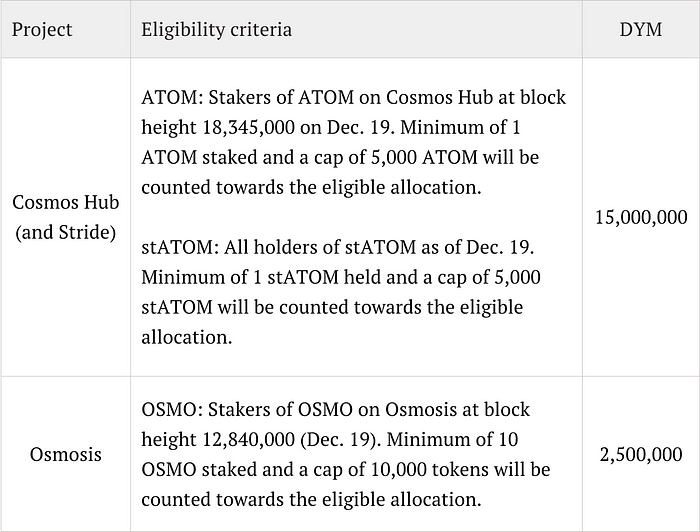On the 16th anniversary of Hurricane Katrina, the category four hurricane hit Port Fourchon, a vital energy hub that supplies about 90% of the Gulf's oil rigs, with winds exceeding 150 miles per hour. Hurricane Ida made landfall on the Louisiana coast this weekend, causing significant market disruption in the days ahead.
On the 16th anniversary of Hurricane Katrina, a category four storm hit the Gulf Coast with gusts of more than 150 mph, knocking out power to nearly one million people as of Monday morning. Ida also hit Port Fourchon, a vital energy hub where 90 percent of the Gulf of Mexico's oil rigs dock.
The impact of the natural calamity caused oil futures in New York to fall 1.6 percent in the morning. WTI Crude Oil, on the other hand, rose 0.65% on Monday to $69.18 a barrel. Brent dipped to $72.31 before rebounding to $73.22 with a gain of 0.72 percent. The most successful financial asset last week was NYMEX Natural Gas, which gained 13.48 percent.
Investors are looking for future supply shifts at Wednesday's OPEC+ meeting.
Aluminum prices are approaching ten-year highs in other parts of the world, as China tightens its grip on energy consumption. Smelters are unable to meet demand for the element, which has increased by 80 percent in price since May 2020, as part of the country's carbon reduction goals.
Commodities
- Brent crude has increased by 0.72 percent to $73.22 a barrel.
- To $1,812.9, gold fell -0.36%.
Insight
“The Bureau of Safety and Environmental Enforcement stated on Sunday that Hurricane Ida has shut down roughly 1.74 million barrels of oil production, or 95.7 percent of US Gulf of Mexico output, and 93.8 percent of natural gas production. According to Robert Yawger, director of energy futures at Mizuho Securities, the Gulf accounts for 16 percent of US crude oil production and 2% of natural gas output. “Around 2.11 million barrels of refining capacity was shut down or operated at reduced rates at plants along the Mississippi River, accounting for around 12% of total US refining capacity. The Gulf Coast, from Mississippi to Texas, is home to about half of the US refinery capacity.”
Solana That Never Ends Summer Solana (SOL) achieved new highs on Monday, indicating that the altcoin is set to have another week of increases. According to Messari, SOL reached a new high of $114.19 in the afternoon. As of press time, the token had increased by 18.5 percent to $111.60.
The recent price increase in Solana is the result of increased demand for non-fungible tokens (NFTs). In recent weeks, Solana's network has been utilized to assist in the formation of NFTs like the "Degenerate Ape Academy." According to Blockworks, monthly trade volumes on OpenSea, the largest NFT platform, surpassed $3 billion this week. The new high comes on the heels of the Bored Ape Yacht Club (BAYC) NFT dump on Saturday night, which saw over $95 million in sales in one day. Since its inception in April, the digital collectible initiative has brought in $320 million.
The monkeys, who reside on Ethereum's blockchain, could be to blame for the cryptocurrency's Monday surge. According to Messari, the second-largest cryptocurrency by market capitalization was trading about $3,100 today, up 3%.
At 4:00 p.m. ET, DeFi Uniswap (UNI) was trading at $27.88, up 4.3 percent in 24 hours, with a total value locked of $4,861,382,455.
At 4:00 p.m. ET, Luna (TERRA) was trading at $35.72, up 5.6 percent, with a 24-hour trading volume of $1,375,224,161.
At 4:00 p.m. ET, DeFi:ETH was up 32.9 percent.
Crypto
At 4:00 p.m. ET, bitcoin is trading at $48,456.63, down -0.61% in the last 24 hours.
At 4:00 p.m. ET, Ether was trading at $3,313.09, up 3.05 percent in the last 24 hours.
At 4:00 p.m. ET, the price of ETH:BTC was 0.068, up 3.86 percent.
Equities
The Dow Jones Industrial Average fell -0.16% to 35,399 points.
The S&P 500 index increased by 0.43 percent to 4,528 points.
The Nasdaq Composite Index rose 0.9 percent to 15,265 points.
At 4:00 p.m. ET, the VIX decreased -2.44% to 15.99.
Currencies
According to the Bloomberg Dollar Spot Index, the US dollar has dropped by 0.01%.
Income Guaranteed
- As of 4:00 p.m. ET, the yield on a 10-year US Treasury bond was 1.278 percent.
Aside from that,
During an interview with Bloomberg Wealth, billionaire hedge fund manager John Paulson referred to cryptocurrencies as a "bubble" with "a finite quantity of nothing." When inflation is high, according to Blockworks, Paulson, the founder of financial management firm Paulson & Co., prefers to invest in gold.
We're on the lookout.
- On Tuesday, the United States intends to withdraw almost all of its troops from Afghanistan.
- Wednesday is the OPEC+ meeting.
- That concludes the markets for the day. Tomorrow, I'll see you again.




























